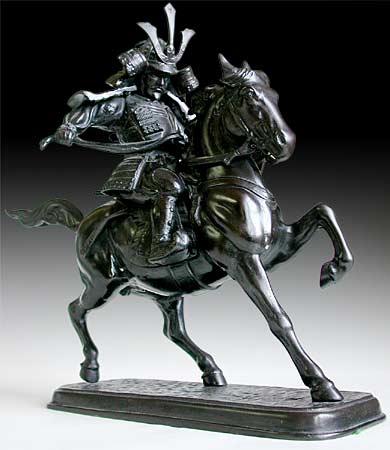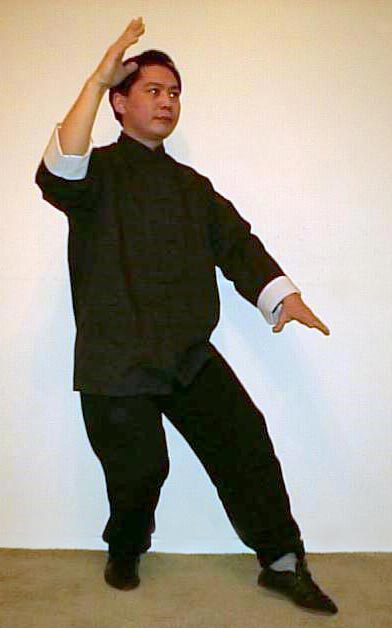K-man
In a real life situation, normally you will have to fight in a manner similar to krav maga.
I agree with this to a certain extent. Certainly Krav contains a lot of karate techniques and more are included as you progress. However Krav also has a lot of Muay Thai techniques as well as some BJJ. I probably don't teach the clinching so much in karate but I do teach Krav style clinching against weapons.
Even in MMA, crane positions are not used. Karate kid is only a move.
I train Okinawan Goju. We don't have a crane position so I can't comment on its usefulness or otherwise. However I do know that what I learned in my early days of Karate regarding the use of the stances is about as far from reality as they could possibly be. That was because in my early training we had a greater emphasis on sport so there were no clinches at all. To me most stances are only useful when you are engaged which doesn't happen with point sparring.
A real case is a real case. The following video shows a real case:
It might be a real case but it has nothing to do with this discussion. Some one with a hammer hitting someone not expecting to be hit is always going to end badly.
I believe that if a person practices thousands of times a traditional soto uke, for example, it could be used in a simplified form in a real case, for example, against a hammer attack (like in the previous video).
Well, we'll just have to agree to disagree. I would suggest that the only defence is a reflex defensive block raising the arms combined with a reflex pull back of the head. In this instance it wasn't enough. It's like a sucker punch. You have very little chance of responding in time to totally protect yourself.
Neverthless, systems such as kajukenbo or lima lama use always simplified blockage forms.
Blocks in karate are always simple even if they are rarely used, except in sport based styles.
Even ippon kumite is fantasy, because in a real case, your attacker will not be waiting for you.
.
We don't do ippon kumite either for that very reason.
The following video shows a real attack. This is not a bunkai, a "
choreography with participants taking turns to attack".
To be really trained, a karateka should practice kumite against two, three or four sparring partners.
Proper bunkai is not choreography. I can practise bunkai with anyone, they don't have to do anything but respond in a realistic way. Because of that you can't practise or use bunkai against multiple attackers for a host of reasons first and foremost being that it would have to be choreographed.
As for practise against multiple attacks, I agree completely. However, I would prefer the Systema type defence to the Krav, if I could go back to your opening statement. Krav is really lock on destroy and move on. Systema is far more flowing and just as powerful.
Some positions that are used in karate, really are a kobudo training.
Those would be? Every stance I teach, except the ones we call "non-functional" could be used in a pub brawl.
I believe that even katas like naifanchi perhaps were designed as horse riding fighting techniques.
And of course I would disagree vehemently as I know Naifanchi as an extremely effective fighting system, engender though it is not a traditional Goju kata.
Really, basic techniques are trained in kihon and prearranged kumite, but even in a free kumite or shiai, more simplified movements are used. In a street fight, movements will be even more simplified.
Kihon is essential to teach beginners but prearranged kumite is again something we don't do. It helps to prepare for point sparring. In a street fight you use the techniques that you have trained without thinking. The better trained you are the more complex a technique might be. Once again, Krav thrives on simplicity. Karate and Aikido are more complex.
This gyaku tsuki will be wrongful in kihon, ippon kumite or kata:
:
This punch is a sport fighting punch. It might work on the street but I wouldn't be counting on it. Proper gyaku tsuki is a very powerful strike but it is not delivered like this. I wouldn't have any idea what your comment is supposed to mean.




